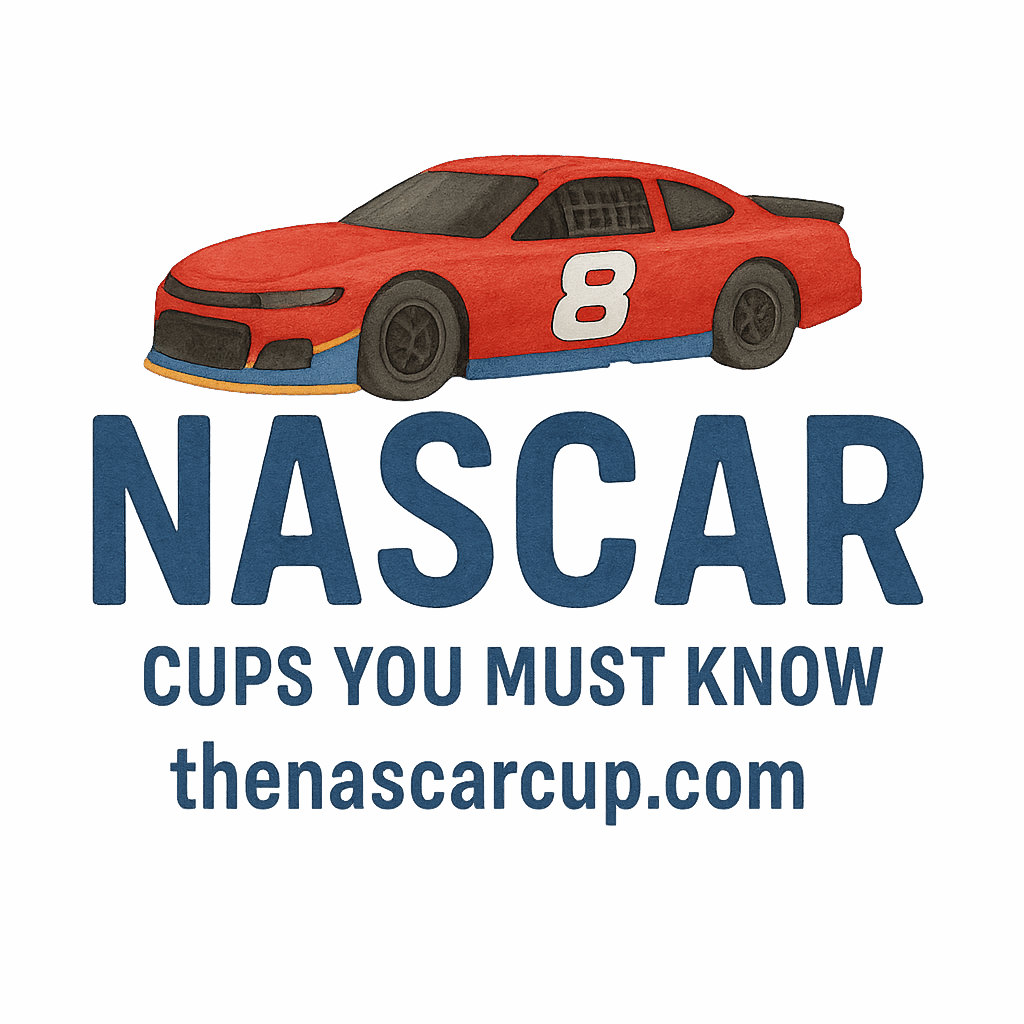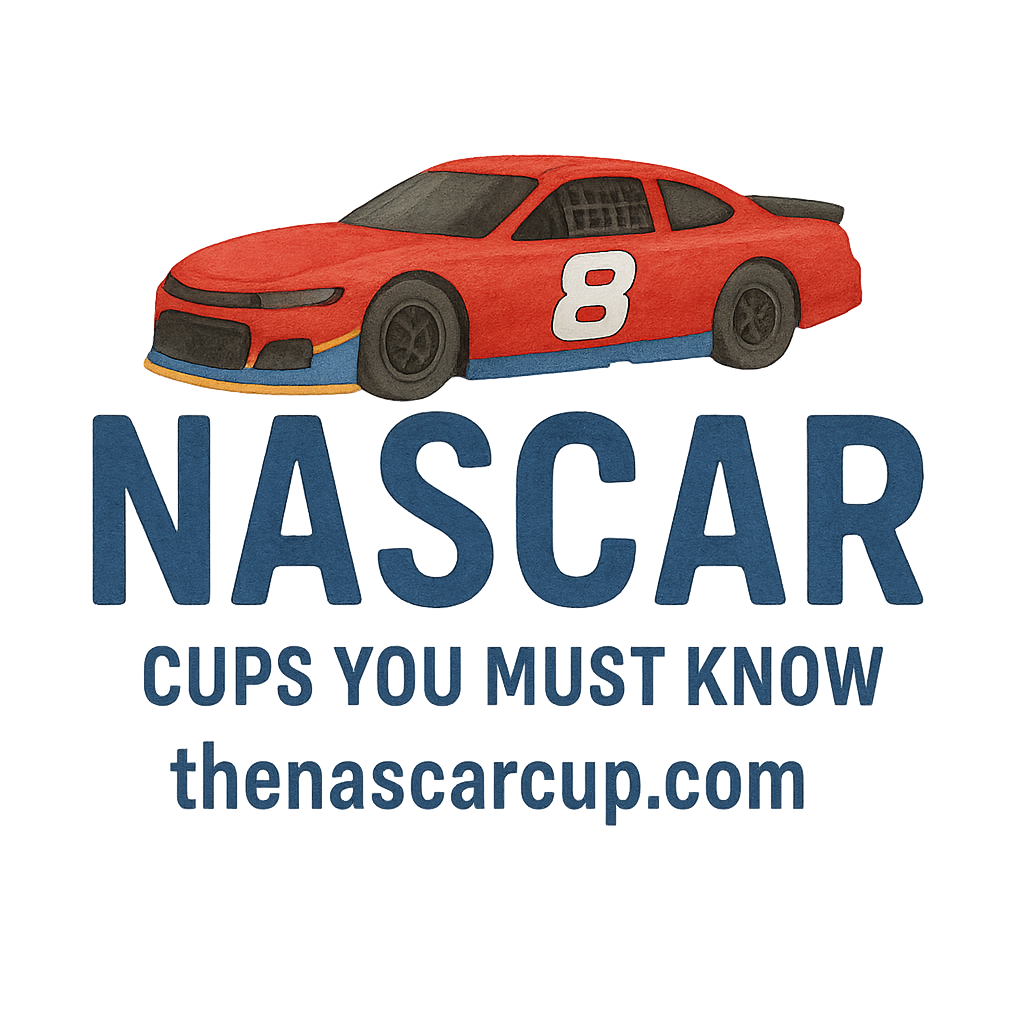Introduction
If you’re a NASCAR fan—or even just someone who’s recently become intrigued by the world of motorsports—understanding the terminology is essential. From the technicalities of car adjustments to the strategy behind the race, NASCAR has its own unique language. In this article, we’ll break down 9 NASCAR Cup terms every fan needs to understand to help you stay ahead of the curve and truly appreciate the action on the track!
Why Understanding NASCAR Terminology is Essential for Fans
NASCAR isn’t just about cars going fast; it’s about strategy, teamwork, and knowing the right moves at the right time. Getting familiar with the terms gives you insight into the tactics and challenges that shape each race. Whether you’re a newbie or a seasoned fan, these NASCAR terms will enhance your understanding and make each race even more exciting.
1. NASCAR Cup Series
Let’s start with the cornerstone of the sport—the NASCAR Cup Series.
What is the NASCAR Cup Series?
The NASCAR Cup Series is the top-level competition within the sport of stock car racing. It’s where the best drivers compete each season for the championship. Whether you’re watching at the track or from home, the Cup Series is the place to see the highest level of racing.
For a detailed history and the evolution of the Cup Series, check out this comprehensive guide on the NASCAR Cup Series history here.
How the Cup Series Operates
The season consists of a series of races at various tracks across the country, with points accumulated for positions and wins. The season culminates in the NASCAR Playoffs, a tournament-style championship where the best drivers fight for the title.
Learn more about the various NASCAR races and circuits here.
2. Pit Stop
One of the most dramatic moments during a NASCAR race is the pit stop.
The Importance of a Pit Stop in NASCAR
A pit stop is a quick, high-pressure event where teams perform tire changes, refuel, and make necessary repairs. A well-timed pit stop can make or break a race. It’s the ultimate test of a team’s efficiency and precision.
For an in-depth look at NASCAR collectibles related to pit stops, check out the memorabilia collection here.
Common Pit Stop Procedures
- Tire Changes: The most common pit stop procedure, ensuring the car has the necessary grip for the track.
- Fueling: Replenishing the car’s fuel tank so it can run the distance.
- Repairs: Sometimes, a car may need a quick fix, such as a fender replacement or aerodynamic adjustments.
3. Drafting
If you’ve ever seen a NASCAR race on a superspeedway, you’ve probably heard about drafting.
What is Drafting in NASCAR?
Drafting involves a strategy where drivers closely follow each other to reduce air resistance, allowing them to reach higher speeds without using as much energy. This technique is especially useful on long, straight tracks.
Why It’s Crucial for NASCAR Racing Strategies
Drafting isn’t just about speed—it’s a team effort. Drivers often pair up with teammates or other drivers, creating a slipstream that benefits them both. It’s a game of cat and mouse, where positioning and timing are key.
To learn more about the impact of drafting on the race outcome, check out our in-depth guide here.

4. NASCAR Oval
The oval track is one of NASCAR’s defining characteristics. But what does it really mean for the race?
Understanding NASCAR’s Oval Tracks
A NASCAR oval track is a closed-loop, typically long and flat, designed for high-speed racing. Unlike road courses, ovals don’t have sharp turns or complex curves. These tracks let drivers push their cars to the absolute limit.
Key Oval Tracks in the NASCAR Cup Series
Some iconic oval tracks include:
- Daytona International Speedway: Known for its high speeds and the prestigious Daytona 500.
- Talladega Superspeedway: Another legendary track where drivers battle it out in close races.
For more details on NASCAR race tracks and their features, check out our race circuits guide here.
5. Yellow Flag
A yellow flag is a common sight in NASCAR races. But what does it actually mean?
What Does the Yellow Flag Indicate in NASCAR?
The yellow flag signals a caution. When displayed, drivers must slow down and avoid overtaking each other until the track is cleared of debris or the situation is deemed safe.
The Purpose of Caution Flags and the Impact on Racing
Yellow flags are vital for safety, but they also change the dynamics of a race. Depending on the situation, the yellow flag might cause drivers to change strategies—such as deciding when to pit or adjust tire pressure.
Learn more about NASCAR rules related to flags and their importance here.
6. Stage Racing
In recent years, stage racing has been introduced to make NASCAR races even more exciting.
What is Stage Racing in NASCAR?
Stage racing divides each race into segments (or “stages”). Points are awarded to the top finishers at the end of each stage, adding a layer of strategy to the race. It’s an exciting format that keeps fans on the edge of their seats.
How Stage Racing Affects Strategy and Scoring
With stage racing, drivers and teams must strategize for each stage. The top drivers earn points not just for winning the race but also for stage victories. This makes each segment of the race feel like a mini-race within the larger competition.
Learn more about rule changes and the impact of stage racing here.
7. Over-the-Wall Crew
Behind every successful NASCAR team is a skilled over-the-wall crew.
Who are the Over-the-Wall Crew?
This crew includes tire changers, fuelers, and jackmen who work on the car during the pit stops. They’re critical to a driver’s success, as every second in the pits counts.
How the Crew Impacts the Outcome of a NASCAR Race
A slow or faulty pit stop can ruin a driver’s chances of winning. The faster and more efficient the over-the-wall crew, the better the outcome for their driver. These unsung heroes of NASCAR play a huge role in every race.
Check out more about the fan experience surrounding pit stops and crew work here.
8. Hot Laps
Before the race kicks off, drivers often take hot laps.
What Are Hot Laps in NASCAR?
Hot laps are practice laps that allow drivers to familiarize themselves with the car and the track conditions. They’re critical for making final adjustments and fine-tuning the car’s performance.
Why Hot Laps are Crucial for Drivers Before a Race
Hot laps help drivers get a feel for how their car handles in specific conditions, such as tire grip and the car’s responsiveness. It’s an essential step in preparing for the race, ensuring the driver is ready when the green flag waves.
For more details about the legendary drivers who excel at this, check out our page on NASCAR legends here.
9. Victory Lane
After crossing the finish line, the winner heads straight to Victory Lane.
The Tradition of Victory Lane in NASCAR
Victory Lane is where race winners celebrate their hard-earned victory. It’s a historic tradition where drivers get to bask in the glory of their triumph, often with cheers from their teams and fans.
Celebrating Wins: What Happens in Victory Lane?
In Victory Lane, you’ll often see a celebratory burnout, the spraying of champagne, and emotional moments from the winning team. It’s the pinnacle of success in NASCAR.
To learn more about NASCAR memorabilia related to these celebrations, visit our marketplace here.
Conclusion
Summary of Key NASCAR Terms
From the basics of NASCAR Cup Series to the intricate tactics of drafting and the thrill of Victory Lane, these terms provide insight into what makes NASCAR so exciting. Understanding these key terms will deepen your connection to the sport and enhance your race-day experience.
Why Understanding These Terms Enhances the Fan Experience
Knowing the language of NASCAR allows fans to appreciate the strategy, speed, and teamwork that goes into each race. With these terms under your belt, you’ll be able to follow the action more closely and gain a greater understanding of what’s happening at each moment.
FAQs
- What is the NASCAR Cup Series?
- How do pit stops affect a NASCAR race?
- What is the purpose of a yellow flag in NASCAR?
- What is the difference between a stage race and a traditional race?
- Who makes up the over-the-wall crew?
- What happens in victory lane after a NASCAR race?
- How does drafting work in NASCAR?


